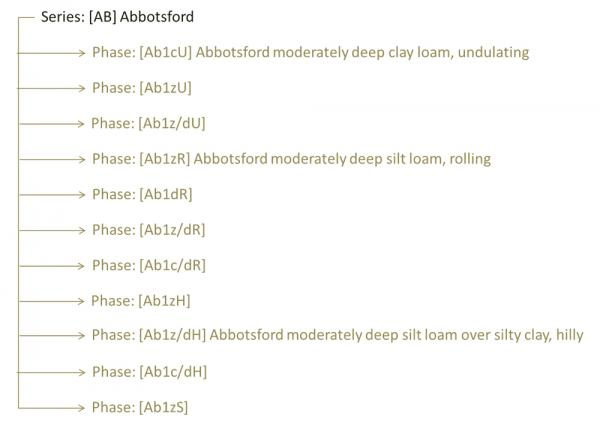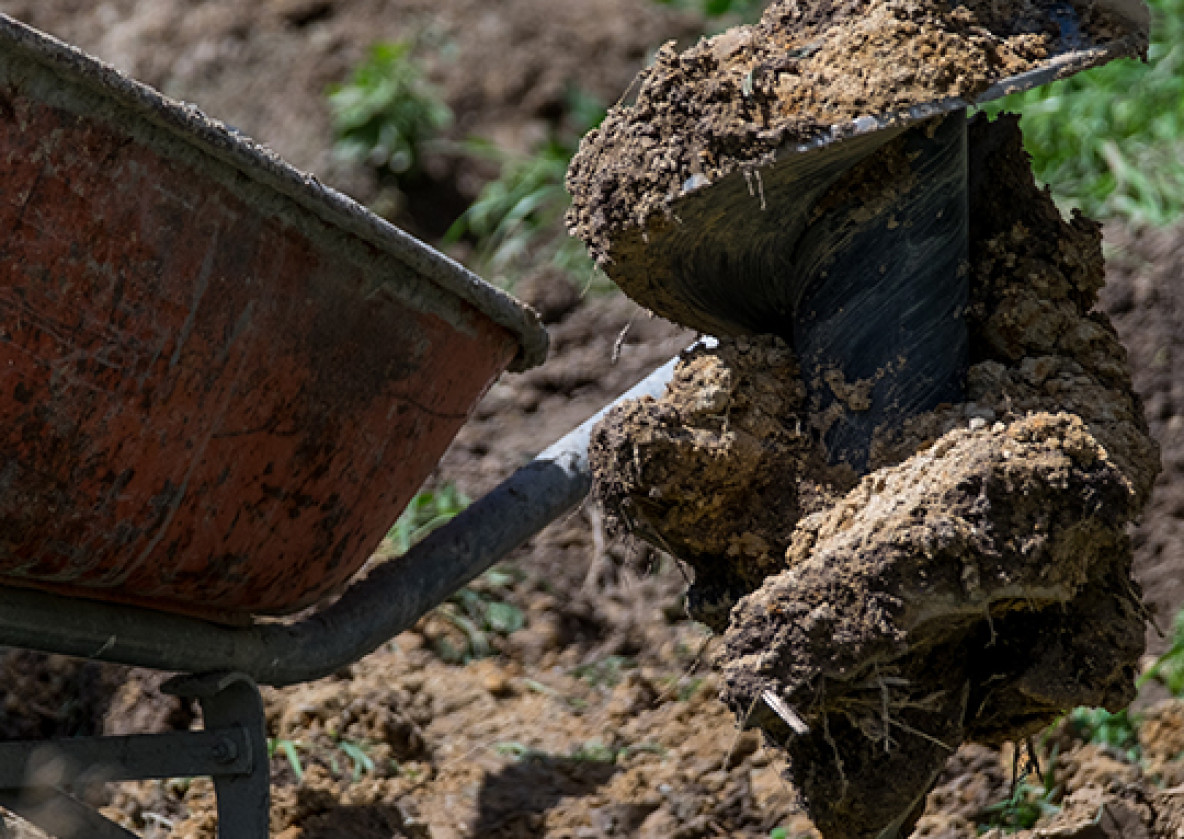Because of their wide everyday usage among farmers and farm advisors, Series names that were evolved before the existence of NZSC are still used even though in some instances they correspond to more than one NZSC category – care is therefore needed when applying these names.

Series names group local soils with very similar properties. They are usually named after the locality where the type profile is found.
Phases distinguish soils within a series that have particular mixtures of depth, texture and field slope. For the phase name, these characteristics are usually described in full, appended to the Series name.
Typically there are up to a dozen or so Phases in a Series.
